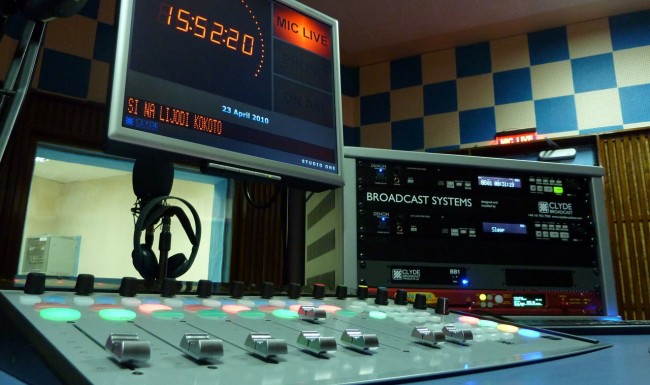Come midnight next Thursday, Kenya’s media scene will never be the same again. After the protracted but revolutionary implementation of digital migration, the broadcasting sub-sector is set to undergo another set of drastic changes when the Programming Code takes effect on July 1.
At a recent meeting with stakeholders, Communications Authority of Kenya Director General Francis Wangusi insisted there will be no going back on the Code – which requires broadcasters to offer 60% local content and provides for vetting of programmes – saying all broadcasters should strive to comply before the deadline.
DON’T MISS >> End of the road for Maina Kageni and King’ang’i
“The grace period agreed for the implementation of the Programming Code comes to an end in June. The Authority will from 1st July 2016, commence enforcement action against non-compliant licensees on the provisions of the Programming Code,’’ said Mr Wangusi in a speech ready by the commission’s legal services director John Omo.
For starters, the Programming Code will require all licensed television and radio broadcasters to ensure that at least 60 percent of their content is locally generated, but more drastically that issues that touch on morality, values and standards of behaviour should not be aired within the threshold period of between 6am and 10 pm.
According to a survey conducted by CA, majority of TV viewers in Kenya prefer more local content on their screens; even though the quality of such programmes is still a major concern.
At the same time, over a half of TV and radio audiences feel the media is not doing enough in terms of the latter part of the Code.
RELATED >> Kenyans hate sex on radio and TV, study shows
The concerns are the result of a survey commissioned by the Authority as part of the implementation of the Code that sets out standards for the time and manner of programmes to be broadcast.
The Local Content Baseline Survey sought to determine the proportion of local content aired by free-to-air (FTA) television broadcasters, identifying audience perceptions and attitudes towards local content.
SEE ALSO >> Popular radio presenter goes into politics
The study shows KBC leading in local content at 42 per cent ahead of KTN, K24, Citizen and NTV that have 38, 35, 33 and 31 per cent of programmes devoted to local content respectively. However, much of the local content is music.
In emerging TV stations, the study noted a common thread of lack of variety in programming, inconsistency, and repetition of programmes.
According to the United Nations Scientific and Cultural Organisation (UNESCO), media houses especially in developing countries tend to find it easier to push ‘external’ content into local communities with efforts to distribute local content to global networks facing an uphill struggle.
In terms of local content production, the study indicates that K24 produces 87 per cent of its local content in-house, followed by KTN at 85 per cent with KBC, NTV and Citizen having 78,70 and 56 per cent in house productions respectively. The rest of the content is independently produced.
That means that the TV stations must put in extra work if they are to comply with the Code.
ALSO IN MEDIA
> Revamping KBC won’t be an easy task
> Mediamax scales down operations
> Gado’s damning cartoon on state of Kenyan media
>How KBC fell into Ksh45 billion debt hole


U forgot Educational part in UNESCO